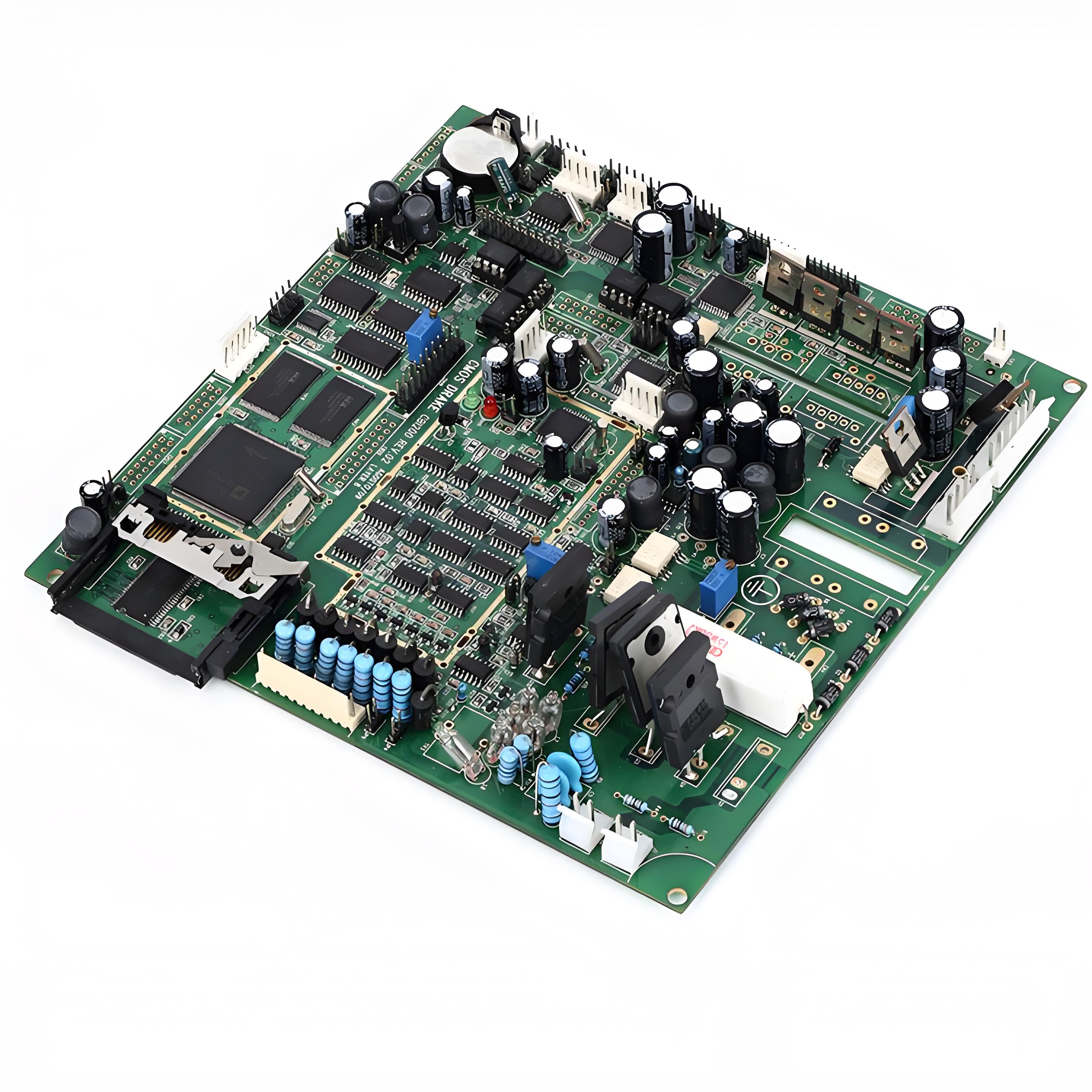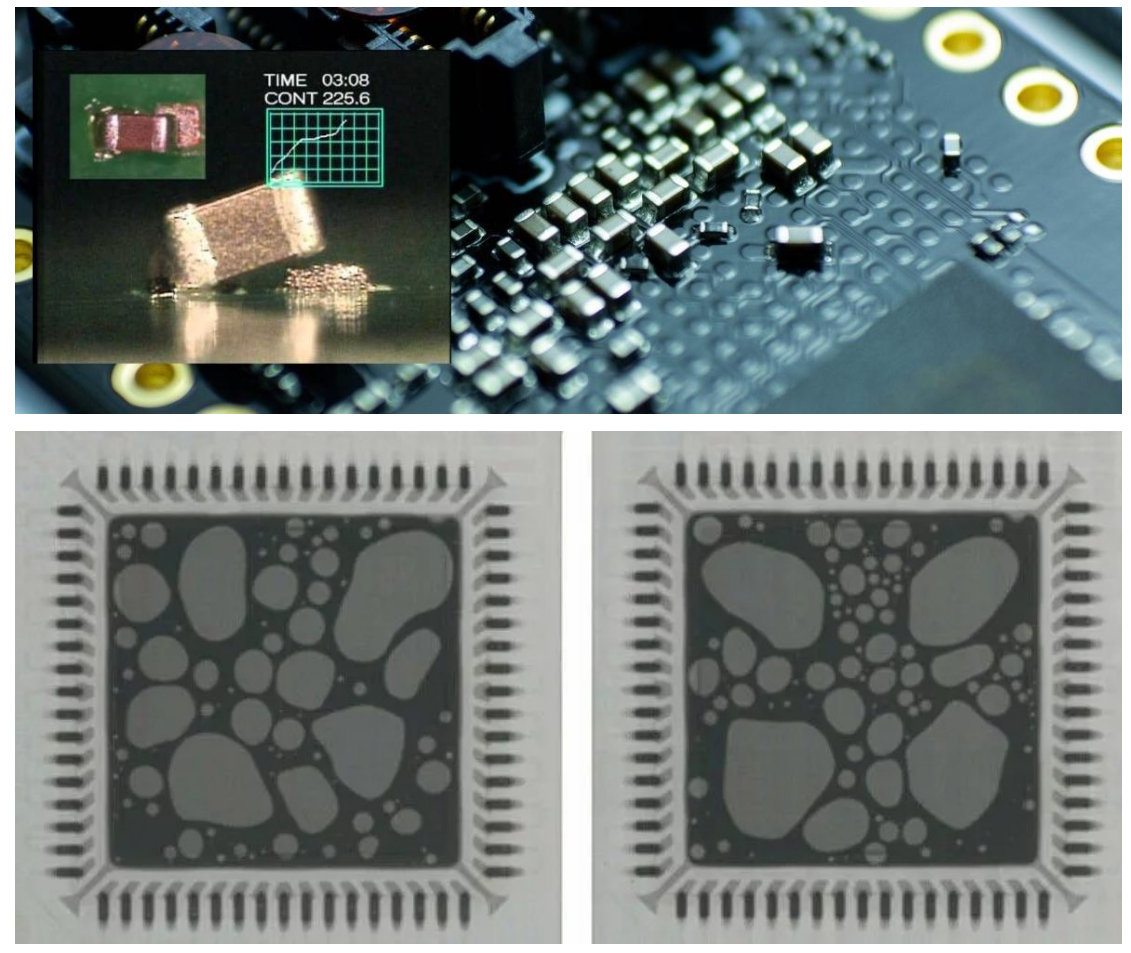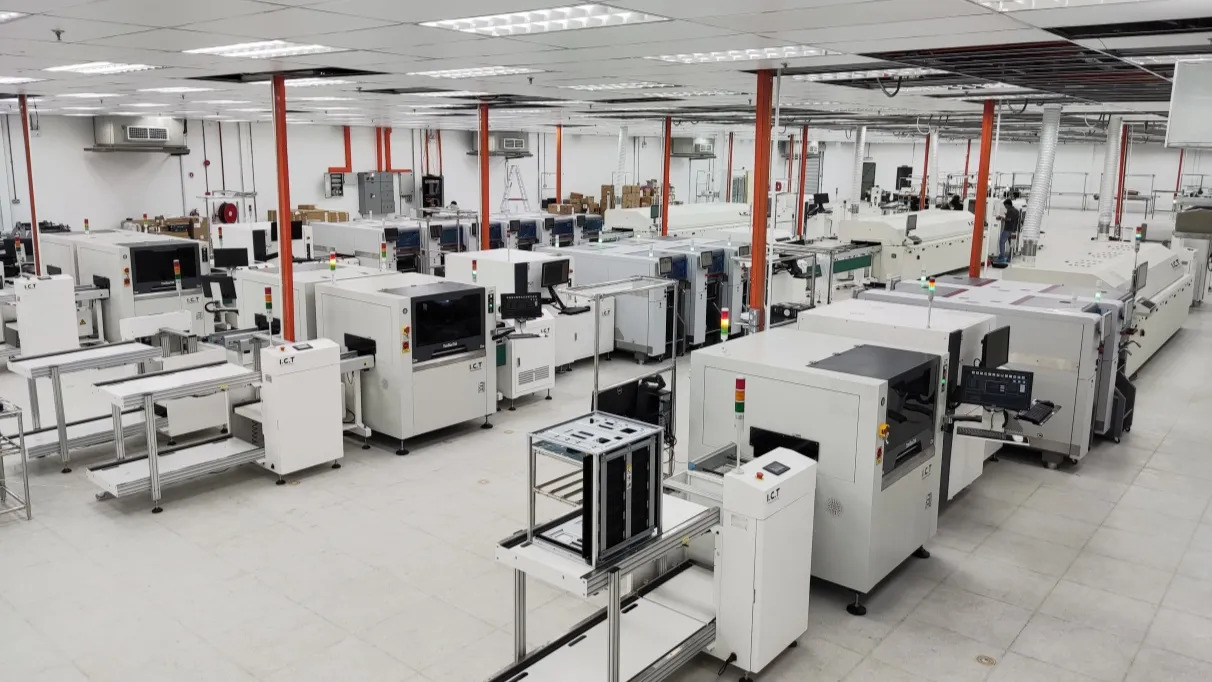In the fast-evolving world of automotive electronics, Printed Circuit Board (PCB) assembly using Surface Mount Technology (SMT) plays a critical role. From powering advanced driver-assistance systems (ADAS) to managing electric vehicle (EV) battery systems, automotive PCB SMT assembly must meet strict standards for reliability and performance. However, this process comes with unique challenges like solder paste application issues, component placement accuracy, and defects during the reflow soldering process. In this blog, we’ll explore these hurdles in automotive PCB manufacturing and provide practical solutions to overcome them, ensuring high-quality results for your projects.
Whether you’re an engineer, designer, or manufacturer in the automotive sector, this guide offers actionable insights into optimizing SMT assembly for durability and efficiency. Let’s dive into the details of the challenges and solutions that can elevate your automotive PCB production.
What Is Automotive PCB SMT Assembly and Why Is It Critical?
Automotive PCB SMT assembly refers to the process of mounting electronic components directly onto the surface of a PCB using Surface Mount Technology. Unlike older through-hole methods, SMT allows for smaller, lighter, and more densely packed boards, which are essential for modern vehicles packed with electronic systems. These PCBs control everything from engine management to infotainment and safety features, making their reliability non-negotiable.
In the automotive industry, PCBs must withstand harsh conditions like extreme temperatures (ranging from -40°C to 125°C), vibrations, and moisture. A single defect can lead to system failures, posing safety risks. This makes mastering SMT assembly a priority for manufacturers aiming to meet stringent automotive standards like ISO/TS 16949 and AEC-Q100.

Key Challenges in Automotive PCB SMT Assembly
The SMT process, while efficient, presents several challenges in automotive PCB manufacturing. Below, we break down the most common issues that can impact quality and performance.
1. Solder Paste Application Issues
Solder paste application is the first step in SMT assembly, where a mixture of solder particles and flux is applied to the PCB through a stencil. In automotive PCB SMT assembly, even minor errors in this stage can lead to defects. Common problems include:
- Insufficient or Excessive Paste: Too little paste can cause weak solder joints, while too much can lead to bridging between pads, causing short circuits.
- Stencil Misalignment: If the stencil isn’t perfectly aligned, paste may be applied unevenly, affecting component adhesion.
- Paste Degradation: Solder paste can degrade if exposed to air for too long or stored improperly, reducing its effectiveness.
These issues are particularly critical in automotive applications where solder joint reliability directly impacts safety and longevity under thermal cycling and vibration.
2. Component Placement Accuracy
Modern automotive PCBs often feature tiny components like 0201 resistors and complex ICs with fine pitch leads (as small as 0.4mm). Achieving precise component placement accuracy is challenging due to:
- High-Density Designs: The compact nature of automotive PCBs leaves little room for error, increasing the risk of misalignment.
- Machine Limitations: Older pick-and-place machines may struggle with the precision needed for micro-components.
- Thermal Expansion: Differences in thermal expansion between the PCB and components during assembly can cause slight shifts, leading to placement errors.
Misplaced components can result in poor electrical connections, signal integrity issues, or complete system failure—unacceptable outcomes in automotive systems.
3. Defects in the Reflow Soldering Process
The reflow soldering process involves heating the PCB to melt the solder paste, forming strong bonds between components and pads. However, defects often arise during this stage in automotive PCB manufacturing, including:
- Tombstoning: Small components like resistors may lift on one end due to uneven heating or solder paste volume, resembling a tombstone.
- Solder Voids: Air bubbles trapped in the solder joint reduce thermal and electrical conductivity, weakening the connection. Voids are often caused by improper reflow profiles or outgassing from the PCB material.
- Cold Solder Joints: If the temperature profile isn’t optimized, the solder may not fully melt, leading to brittle, unreliable joints.
In automotive applications, these defects can lead to failures under the stress of temperature fluctuations and mechanical vibrations, risking critical systems like braking or steering controls.
4. SMT Defects Due to Material and Environmental Factors
Automotive PCBs are exposed to unique environmental challenges during both manufacturing and operation. Common SMT defects include:
- Moisture Sensitivity: Components and PCBs can absorb moisture, leading to popcorn cracking during reflow soldering as trapped moisture expands.
- Thermal Stress: Repeated heating and cooling cycles during assembly and testing can cause cracking or delamination of the PCB material.
- Contamination: Dust, oil, or residue on the PCB surface can interfere with solder adhesion, leading to weak joints or open circuits.
These factors are magnified in automotive PCB manufacturing, where reliability over a 10-15 year lifespan is expected, even in harsh conditions.

Solutions to Overcome SMT Challenges in Automotive PCB Assembly
Addressing the challenges of automotive PCB SMT assembly requires a combination of advanced techniques, strict quality control, and optimized processes. Below are proven solutions to ensure high-quality results.
1. Optimizing Solder Paste Application
To minimize issues during solder paste application, consider the following strategies:
- Use High-Quality Stencils: Invest in laser-cut stainless steel stencils with precise apertures to ensure uniform paste deposition. Regularly inspect and clean stencils to prevent clogging.
- Control Paste Volume: Use automated solder paste inspection (SPI) systems to measure paste volume and detect inconsistencies before component placement. SPI can reduce defects by up to 70% according to industry studies.
- Proper Storage: Store solder paste at recommended temperatures (typically 2-10°C) and avoid prolonged exposure to air to prevent oxidation and viscosity changes.
By fine-tuning this initial step, manufacturers can significantly reduce downstream defects in automotive PCB assembly.
2. Enhancing Component Placement Accuracy
Precision in component placement is achievable with the right tools and processes:
- Advanced Pick-and-Place Machines: Use modern machines equipped with high-resolution vision systems capable of placing components with accuracies of ±0.01mm. These systems can handle fine-pitch components and micro-sized parts effectively.
- Design for Manufacturability (DFM): During the design phase, ensure pad sizes and spacing accommodate manufacturing tolerances. For instance, a minimum pad-to-pad spacing of 0.2mm is often recommended for high-density designs.
- Thermal Compensation: Account for thermal expansion by using PCB materials with low coefficients of thermal expansion (CTE), such as FR-4 with enhanced thermal stability, to minimize shifts during assembly.
These steps help ensure components are placed correctly, reducing the risk of electrical failures in automotive systems.
3. Perfecting the Reflow Soldering Process
A well-controlled reflow soldering process is essential to avoid common defects:
- Optimized Reflow Profiles: Develop a reflow profile tailored to the specific solder paste and components used. For example, lead-free solder often requires a peak temperature of 235-250°C for 30-60 seconds to ensure proper melting without damaging components.
- Nitrogen Atmosphere: Use a nitrogen environment during reflow to reduce oxidation and improve wetting, minimizing solder voids. This can decrease voiding rates by up to 50% in some cases.
- Post-Reflow Inspection: Employ X-ray inspection systems to detect hidden defects like voids or insufficient solder under BGA (Ball Grid Array) components, ensuring reliability for automotive applications.
Mastering reflow soldering ensures strong, durable connections that can withstand the rigors of automotive environments.
4. Mitigating SMT Defects from Environmental Factors
To combat material and environmental challenges, manufacturers should adopt these best practices:
- Moisture Control: Store components and PCBs in moisture-controlled environments and use baking processes (e.g., 125°C for 24 hours) to remove absorbed moisture before assembly, preventing popcorn cracking.
- Material Selection: Choose PCB substrates and components rated for automotive conditions, such as those meeting AEC-Q100 standards. High-Tg (glass transition temperature) materials above 170°C are ideal for thermal stability.
- Cleanliness Standards: Maintain a cleanroom environment during assembly to avoid contamination. Implement strict handling protocols and use no-clean flux to minimize residue risks.
These measures ensure that automotive PCBs remain reliable throughout their lifecycle, even under extreme conditions.

Why Partnering with Experts Matters in Automotive PCB Manufacturing
Navigating the complexities of automotive PCB SMT assembly requires specialized expertise and cutting-edge technology. Partnering with a trusted provider ensures access to advanced equipment, rigorous quality control, and tailored solutions for your specific needs. From optimizing solder paste application to achieving flawless component placement accuracy and mastering the reflow soldering process, experienced manufacturers can help you avoid costly SMT defects and meet automotive industry standards.
At ALLPCB, we specialize in delivering high-quality PCB assembly services for automotive applications. Our state-of-the-art facilities and commitment to precision ensure that your projects are completed with reliability and efficiency in mind. Whether you’re developing PCBs for electric vehicles or safety systems, we’re here to support your success.
Conclusion: Building Reliable Automotive PCBs with SMT
Automotive PCB SMT assembly is a cornerstone of modern vehicle electronics, but it comes with significant challenges like solder paste application errors, component placement accuracy issues, and defects in the reflow soldering process. By implementing the solutions outlined—such as using advanced inspection tools, optimizing reflow profiles, and selecting the right materials—manufacturers can overcome these hurdles and produce durable, high-performing PCBs for automotive applications.
Understanding and addressing these challenges not only improves product quality but also ensures compliance with the stringent demands of automotive PCB manufacturing. With the right strategies and partnerships, you can achieve flawless SMT assembly and drive innovation in the automotive industry.
 ALLPCB
ALLPCB







